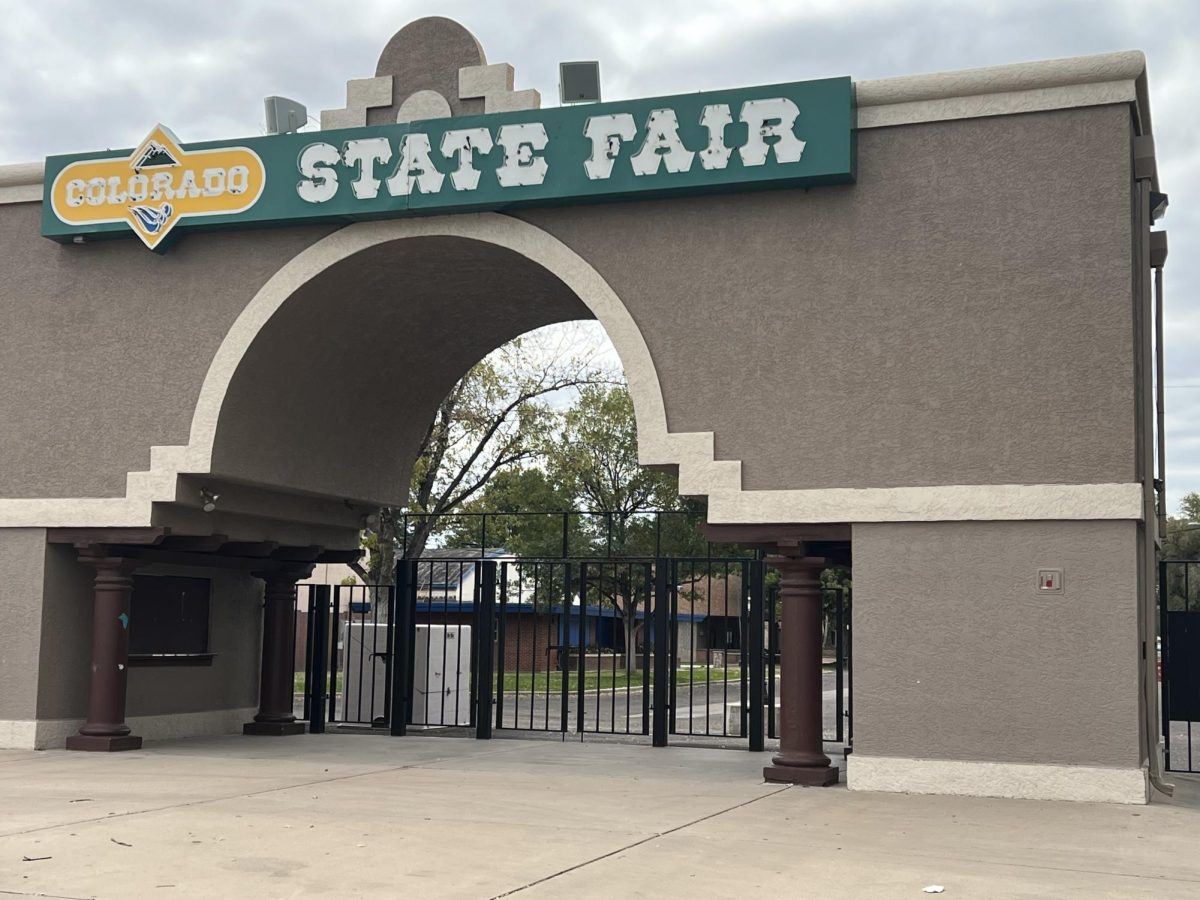Concussions range in severity from mild to severe, but they all share one common factor, they temporarily interfere with the way your brain works.
They can affect memory, judgment, reflexes, speech, balance and coordination.
Sports are dangerous and can be even more unsafe if players are returning to the field too soon after a concussion. There are many ways to prevent this from happening especially here at Colorado State University-Pueblo.
According to a new study, from 2005 to 2008, 41 percent of concussed athletes in 100 colleges across the U.S. returned to the field too soon, according to guidelines set by the American Academy of Neurology.
The guidelines have been around for 11 years and state if an athlete’s concussion symptoms, such as dizziness or nausea, last longer than 15 minutes, the player should be benched until the symptoms are gone for at least a week.
“There have only been about seven concussions this semester and we take it very seriously,” said James Paul, the head athletic trainer at CSU-Pueblo. “We will not the player return to the field if there are any symptoms at all.”
Dr. Rocky Kholsa wrote guidelines used by the NCAA for many years.
“We still use many of his tests and exercises to determine when a player can return after a concussion,” Paul said.
Research indicates younger, less-developed brains are at greater risk of concussions, according to the Center for Injury Research and Policy.
During a concussion, arteries constrict, slowing blood flow to the brain. At the same time, calcium floods the energy-producing portions of brain cells. That calcium plays a defense, blocking oxygen and glucose-rich blood from replenishing the neurons’ energy supply. The athlete then suffers from slower reaction times according, to the AAN.
Given that concussions can be difficult to spot players need to bench themselves after being hit. “Many athletes want to play so bad that they ignore concussion symptoms and play anyway,” Paul said.
Athletes need to take concussions seriously and need knowledge about the severity of concussions, according to AAN.
“Depending on how long symptoms are prolonged really determines how long a player sits out,” Paul said.







